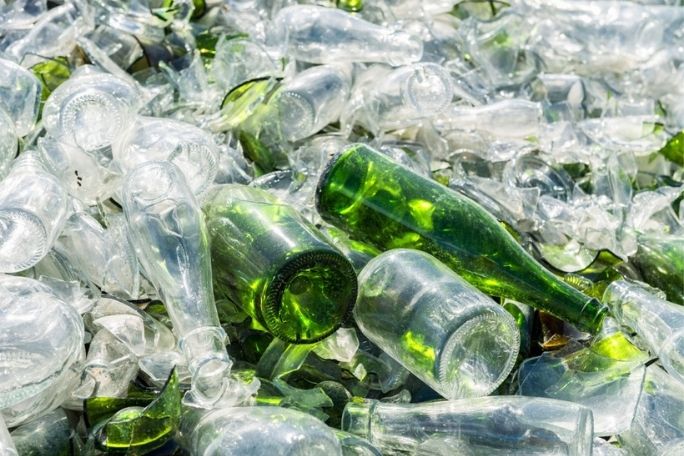Lesson summary
Students will investigate their usage and disposal of recyclable materials by collecting and analysing data. They will calculate percentages regarding their rate of recycling and apply these figures to average Australian statistics regarding the consumption and manufacture of recyclable materials. Students will be informed of proper recycling habits and understand their responsibility in diverting materials from landfill.
Learning intentions:
Students will...
- understand and become familiar with proper recycling habits
- be able to calculate and apply percentages to solve problems related to recycling (focus for Years 7 and 8)
- understand how to collect and use data to solve problems related to recycling (focus for Years 9 and 10)
- understand the effects of sending recyclable material to landfill
Success criteria:
Students can...
- identify the recyclable materials they are using on an average day
- calculate percentages, averages and proportions in a problem-solving context
Lesson guides and printables
Lesson details
Curriculum mapping
Australian curriculum content descriptions:
Year 7 Maths:
- Find percentages of quantities and express one quantity as a percentage of another, with and without digital technologies (ACMNA158).
Year 8 Maths:
- Solve problems involving the use of percentages, including percentage increases and decreases, with and without digital technologies (ACMNA187).
Year 9 Maths:
- Identify everyday questions and issues involving at least one numerical and at least one categorical variable, and collect data directly and from secondary sources (ACMSP228).
Year 10 Maths:
- Evaluate statistical reports in the media and other places by linking claims to displays, statistics and representative data (ACMSP253).
General capabilities: Numeracy, Critical and creative thinking, Ethical understanding.
Cross-curriculum priority: Sustainability OI.8.
Relevant parts of Year 7 Mathematics achievement standards: Students solve problems involving percentages and all four operations with fractions and decimals.
Relevant parts of Year 8 Mathematics achievement standards: Students solve everyday problems involving rates, ratios and percentages.
Relevant parts of Year 9 Mathematics achievement standards: Students compare techniques for collecting data from primary and secondary sources.
Relevant parts of Year 10 Mathematics achievement standards: Students evaluate statistical reports.
Unit of work: Visy Education – Secondary Mathematics.
Time required: 80 mins.
Level of teacher scaffolding: Medium – Teacher will need to facilitate class discussion and provide additional information.
Resources required
- Student Worksheets (one copy per student)
- Device capable of playing a video to the class and projecting images/quotes
- Recycle Paper and Cardboard Poster
- Recycle Plastic Bottles and Containers Poster
- Recycle Steel and Aluminium Poster
- Recycle Glass Bottles and Jars Poster
- Resource Recovery and Recycling Rates – Australia graph (optional)
Skills
This lesson is designed to build students’ competencies in the following skills:
- Critical thinking
- Global citizenship
- Problem solving
- Social skills
Additional info
This lesson has been developed in partnership with Visy. For over 70 years Visy has been committed to finding sustainable solutions for Australia and New Zealand’s recyclables and helping to reduce local landfills. Visy collects, receives and sorts paper, cardboard, glass, plastics, steel and aluminium from households, businesses and schools with the purpose of reusing these products in the re-manufacture of new packaging products.


Welcome back!
Don't have an account yet?
Log in with:
By signing up to Cool.org you consent and agree to Cool's privacy policy to
store, manage and process your personal information. To read more, please see
our privacy policy here(Opens in new tab).
Create your free Cool.org account.
Many of our resources are free, with an option to upgrade to Cool+ for premium content.
Already have an account?
Sign up with:
By signing up to Cool.org you consent and agree to Cool's privacy policy to
store, manage and process your personal information. To read more, please see
our privacy policy here(Opens in new tab).